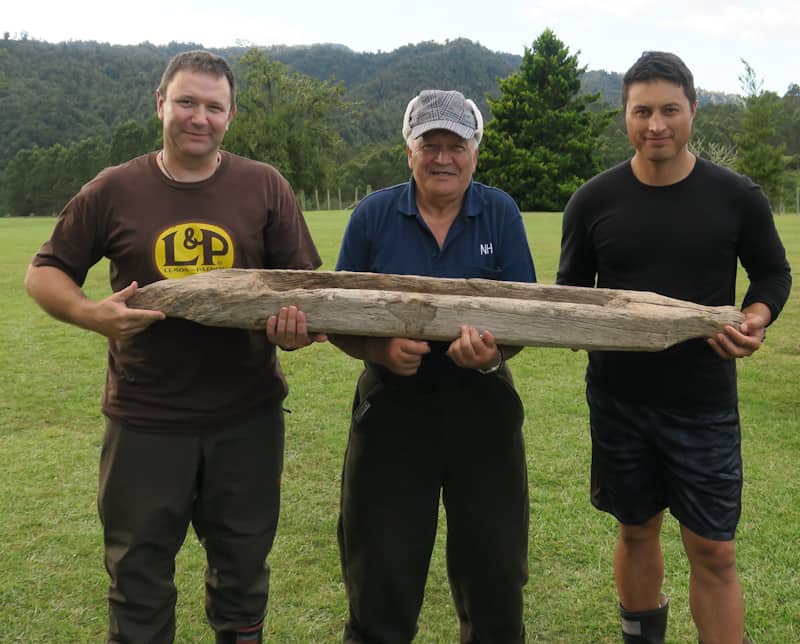We need an adept and comprehensive biodiversity monitoring and reporting system to address environmental decline, as indicated by the Environment Aotearoa 2022 report.
In Aotearoa, essential biodiversity variables are being recorded under the Ministry for the Environment and Department of Conservation’s National Monitoring Programmes. However, for that system to be comprehensive, the voice of Māori and giving full effect to Te Tiriti principles need to be centred. Mātauranga-a-Iwi is fundamental to this process.
Manaaki Whenua environmental researchers Puke Timoti (Tūhoe) and Phil Lyver (Ngāti Toarangatira) are co-leads of He Mātai i te Taiao. They are aiming to use case studies from around the country to investigate the range of Te Ao Māori monitoring frameworks (e.g. maramataka, taonga and mahinga kai species) being used by kaitiaki and communities, to understand the state and health of their environments.
“A multidisciplinary system is needed that supports the connection of tangata whenua with place and their biodiversity. This will enable and strengthen kaitiakitanga (Māori environmental guardianship),” says Puke.

Kaupapa Māori methods, pūrākau (story-telling), and mātauranga-a-Iwi approaches and experiences are increasingly coveted in the development of conservation practices. Cultural mechanisms that enable kaitiakitanga as a decision-making process for our biodiversity will elevate the principles of rangatiratanga (governance), mana motuhake (self-determination), and mana whakahaere (self-authorisation). Essential to this process will be the growing of kaitiaki capability within Whata kōrero, and wānanga-embedded learning and knowledge exchange platforms.
Puke and Phil see investments in the initiatives of mana whenua to generate, collect, interpret and enact their mātauranga-a-Iwi (including participating in legislative reform processes) as profoundly significant.
He Mātai i te Taiao is closely partnered with DOC and is part of a larger BioHeritage and MBIE Endeavor (Te Weu o te Kaitiaki) programmes, in which researchers are investigating how kaitiakitanga approaches are working to restore and grow ecological and community wellbeing. Keep an eye on our newsletter for He Mātai i te Taiao case studies as they launch and build momentum.
